ERMAC V3.0 Banking Trojan: Full Source Code Leak and Infrastructure Analysis
NetmanageIT OpenCTI - opencti.netmanageit.com

SUMMARY :
The complete source code for ERMAC V3.0, an advanced banking trojan, was discovered and analyzed, providing rare insight into this active Malware-as-a-Service platform. ERMAC has evolved to target over 700 financial and cryptocurrency apps, employing sophisticated form injection techniques and encrypted communications. The analysis revealed critical vulnerabilities, including hardcoded credentials and default tokens, which could be exploited to disrupt operations. The malware's infrastructure consists of a Laravel-based C2 backend, React control panel, Golang exfiltration service, and an obfuscated Android backdoor. This comprehensive examination exposes the operational risks of the MaaS model and equips defenders with concrete methods to track, detect, and disrupt active ERMAC campaigns.
OPENCTI LABELS :
banking trojan,malware-as-a-service,infrastructure analysis,hook,ermac,android malware,cerberus,exfiltration server,c2 backend,source code leak,encrypted communications,form injection
AI COMMENTARY :
1. Introduction to the ERMAC V3.0 Leak In a significant development for the cybersecurity community, the full source code of ERMAC V3.0, an advanced banking trojan offered as a Malware-as-a-Service platform, has surfaced and undergone detailed analysis. This leak provides an unprecedented window into the inner workings of a threat actor ecosystem that preys on financial institutions and cryptocurrency applications. Security researchers now hold the keys to dissecting ERMAC’s operational blueprint, from its encrypted communications to its sophisticated form injection routines. The implications of this leak reverberate across incident response teams, threat intelligence analysts, and infrastructure defenders, who can now leverage this knowledge to counter ongoing campaigns.
2. Evolution of ERMAC and Its Target Profile ERMAC initially emerged as a fork of the infamous Cerberus banking trojan but has rapidly transformed into a distinct Android malware with a modular design. The leak reveals that version 3.0 has been engineered to hook into over 700 financial and cryptocurrency apps, extending beyond traditional banking targets. By injecting malicious forms directly into legitimate application interfaces, ERMAC can trick users into divulging credentials and two-factor authentication codes. The leak underscores how MaaS operators iterate quickly, trading improvements and operational support in underground forums to stay ahead of defensive measures.
3. Anatomy of the Leaked Source Code The source code dump exposes an entire ecosystem built on modern frameworks. A Laravel-based C2 backend orchestrates command and control activities, while a React control panel allows operators to configure campaigns with ease. A Golang-powered exfiltration service siphons stolen data to remote servers, and a heavily obfuscated Android backdoor executes payload delivery on compromised devices. Hidden within the code are hardcoded credentials and default tokens, representing glaring security oversights that defenders can exploit to infiltrate or disrupt ERMAC operations. The leak also highlights the encryption routines used for data-in-transit security and how keys are derived and stored, offering defenders clear signatures to detect anomalous communications.
4. Critical Vulnerabilities and Exploitable Flaws The analysis brought to light several key vulnerabilities in ERMAC’s infrastructure. Default authentication tokens for the control panel and C2 backend were left unchanged, creating opportunities for hijacking active campaigns. Similarly, the exfiltration server’s endpoints lack rate limiting and robust input validation, exposing operators to denial-of-service attacks that could cripple data theft pipelines. Within the Android module, outdated libraries introduce memory corruption risks, and poorly implemented certificate pinning makes packet interception feasible. These insights pave the way for targeted takedowns and active defense measures against criminal infrastructure.
5. Implications for Malware-as-a-Service Defenses This comprehensive leak lays bare the business model of ERMAC’s MaaS operators. By lowering the barrier to entry for novices and providing turnkey code for specialized financial fraud, MaaS platforms like ERMAC help proliferate powerful threats at scale. However, when source code is exposed, it also democratizes defensive intelligence. Organizations can now create precise detection signatures for form injection, encrypted channels and the unique hooks ERMAC uses to monitor user interactions. Incident responders can simulate attacker workflows, perform threat hunting based on identified IOCs and proactively block communication channels tied to the Laravel and Golang components.
6. Recommended Detection and Mitigation Strategies Defenders should deploy enhanced monitoring of Android APK behavior, focusing on dynamic hooking attempts and unauthorized UI overlays in financial apps. Network defense teams must look for TLS sessions with unconventional handshake patterns tied to the leaked encryption routines, and C2 traffic targeting known infrastructure endpoints or default tokens. Endpoint detection solutions can scan for remnants of the React control panel signature and detect calls to the Golang exfiltration API. Finally, organizations should share these findings through threat intelligence portals to raise collective awareness and coordinate global takedown efforts against ERMAC’s hosting providers.
7. Conclusion and Forward-Looking Perspectives The ERMAC V3.0 source code leak offers a rare glimpse into the mechanisms of a thriving banking trojan ecosystem. While this disclosure threatens the operational security of ERMAC’s operators, it empowers defenders worldwide with actionable intelligence. By dissecting the leaked code, cybersecurity teams can fortify defenses, enhance threat hunting processes and collaborate more effectively to disrupt Malware-as-a-Service offerings. The ongoing race between attackers and defenders continues, but with the curtain pulled back on ERMAC’s infrastructure, the balance decisively tilts toward proactive defense and collective resilience against financial malware campaigns.
OPEN NETMANAGEIT OPENCTI REPORT LINK!
Use public read only username and password on login page.
NOTE : Use Public READ only user credentials on login page banner.
ERMAC V3.0 Banking Trojan: Full Source Code Leak and Infrastructure Analysis


